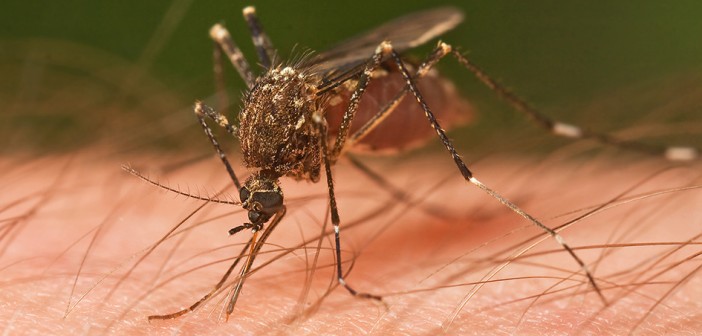New research from the University of Bristol has revealed that domestic LED lights are much less attractive to nuisance insects such as biting midges than traditional filament lamps.
Although the initial findings are of interest in terms of public health and preventing the spread of diseases such as malaria and Zika fever, there may be implications for the use of beneficial insects and pollinators in horticulture.
The study, which was funded by the Natural Environment Research Council and UK lighting manufacturer Integral LED, used customised traps at 18 field test sites across south-west England. Over 4,000 insects were carefully identified and overall LEDs attracted four times fewer insects compared with traditional incandescent lamps, and half as many as were attracted to a compact fluorescent lamp.
Dr Andy Wakefield led the field research and said, “We were surprised by the number of biting flies drawn to the traditional tungsten lights. We do not know why this is but we know that some insects use thermal cues to find warm-blooded hosts in the night, so perhaps they were attracted to the heat given off by the filament bulb.”

Photo Caption: Research shows that LEDs attract fewer biting insects like mosquitoes than tungsten lamps
Photo Credit: Wikipedia
This post first appeared on HortNews.